The Future of Kids Ride on Car
Kids ride on car has come a long way in terms of design, functionality, and entertainment value. As we look to the future, it’s exciting to explore the potential trends and technological innovations that could revolutionize these toys. In this blog, we will delve into the future of kids electric cars , discussing emerging trends, possible advancements, and how these toys can be improved and developed further to provide an even more immersive and engaging play experience for children.
Technological Advancements in Kids Ride on Car
Electric Power and Battery Technology
One of the key trends in the future of kids ride on car is the advancement of electric power and battery technology. We can expect to see more efficient and long-lasting batteries that provide extended playtime without compromising performance. Additionally, advancements in fast-charging technology and wireless charging capabilities may eliminate the need for frequent battery replacements, making these toys more convenient and user-friendly.
Integration of Augmented Reality (AR) and Virtual Reality (VR)
The integration of augmented reality (AR) and virtual reality (VR) is set to transform the landscape of kids ride on car. Imagine a toy car that combines physical play with digital overlays, allowing children to immerse themselves in interactive virtual worlds. AR and VR technologies could enhance the driving experience, enabling children to navigate through virtual racetracks, engage in exciting challenges, and interact with virtual characters, creating a more dynamic and captivating play environment.
Customization and Personalization
Sustainable Design and Eco-Friendly Materials
As environmental consciousness grows, future kids ride on car is likely to incorporate sustainable design principles and eco-friendly materials. Manufacturers may prioritize the use of recycled or biodegradable materials, reducing the ecological footprint of these toys. Additionally, toy cars could be designed to promote energy efficiency, incorporating regenerative braking systems or solar-powered charging options, aligning with sustainability goals and teaching children about environmental responsibility.
Customization and Personalization:
In the future, kids ride on car may offer increased customization and personalization options. Advanced technology could allow children to modify the appearance of their toy cars, choose different colors, add decals or stickers, and even personalize the dashboard or control panel. This level of customization would empower children to express their creativity and individuality, fostering a deeper connection with their toys.
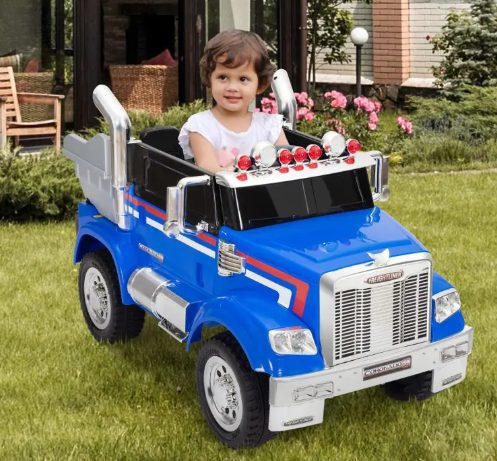
Educational Features in Kids Ride on Car
Gamification and Learning
Future kids electric cars may incorporate gamification elements and educational features. Interactive games and challenges could be integrated into the play experience, encouraging children to develop problem-solving skills, improve hand-eye coordination, and enhance their cognitive abilities. These gamified learning experiences would make playtime more engaging and promote skill-building in a fun and interactive manner.
Artificial Intelligence (AI) and Machine Learning
Advancements in artificial intelligence (AI) and machine learning could revolutionize kids electric cars. AI-powered algorithms could enable the toys to adapt to a child’s preferences, learning from their behaviors and adjusting the play experience accordingly. This personalized approach would create a more tailored and immersive experience, stimulating the child’s imagination and encouraging long-term engagement with the toy.
Integration with STEM Education
Kids ride on cars of the future may be designed to integrate with STEM (Science, Technology, Engineering, and Mathematics) education. Manufacturers could provide accompanying educational materials, such as coding tutorials, engineering challenges, or physics lessons, allowing children to learn and apply STEM principles through play. This integration would not only make learning more engaging but also inspire children’s interest in STEM fields from an early age.
Social and Cooperative Play
Multi-Player and Cooperative Modes
To promote social interaction and collaboration, future kids electric cars could offer multi-player and cooperative modes. Children could connect their toy cars wirelessly, allowing them to race against each other, engage in cooperative missions, or even participate in virtual tournaments. These features would encourage teamwork, healthy competition, and shared experiences among children, fostering social bonds and friendship development.
Smart Features and Connectivity
The future of kids ride on cars will likely involve the integration of smart features and connectivity. We can anticipate toys equipped with sensors, cameras, and Bluetooth/Wi-Fi connectivity, enabling interactive functionalities. These features could include voice control, customizable driving modes, real-time data tracking, and integration with mobile devices or smart home systems. Such enhancements would provide children with a more personalized and interactive play experience, fostering imagination and exploration.
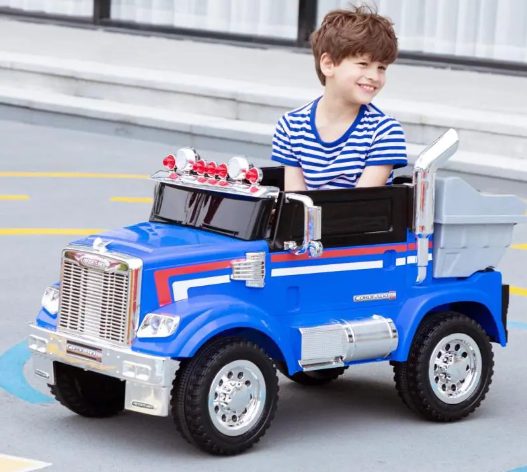
Safety and Sustainability of Kids Ride on Car
Enhanced Safety Features
Safety will continue to be a paramount concern in the development of kids electric cars . Future innovations may include advanced safety features such as collision avoidance systems, proximity sensors, and improved stability control mechanisms. These enhancements would provide parents with peace of mind while allowing children to explore the world of driving in a safe and controlled manner.
Sustainability Education
In addition to using eco-friendly materials, future kids ride on cars may incorporate sustainability education. Interactive features or companion apps could educate children about environmental issues, energy conservation, and the importance of sustainable practices. By promoting environmental awareness and responsibility, these toys would contribute to creating a generation of environmentally conscious individuals.
Autonomous and Self-Driving Capabilities
The future of kids ride on cars may include autonomous and self-driving capabilities. Advanced sensors, artificial intelligence, and machine learning algorithms could enable these toys to navigate their surroundings, detect obstacles, and follow predefined routes. This would introduce children to the concept of autonomous vehicles, fostering an understanding of emerging technologies and paving the way for future advancements in transportation. Additionally, self-driving modes could provide an opportunity for children to relax and enjoy the ride while engaging in other activities, such as reading or playing games, further enhancing the play experience.
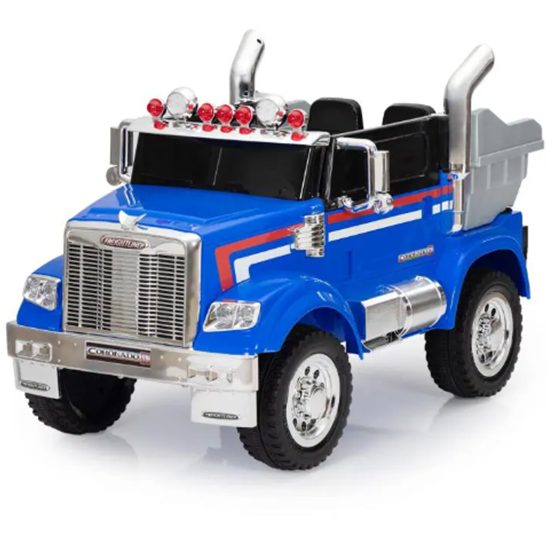
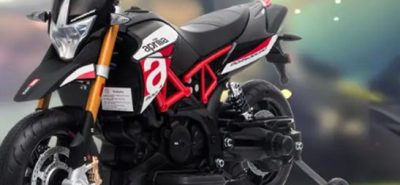

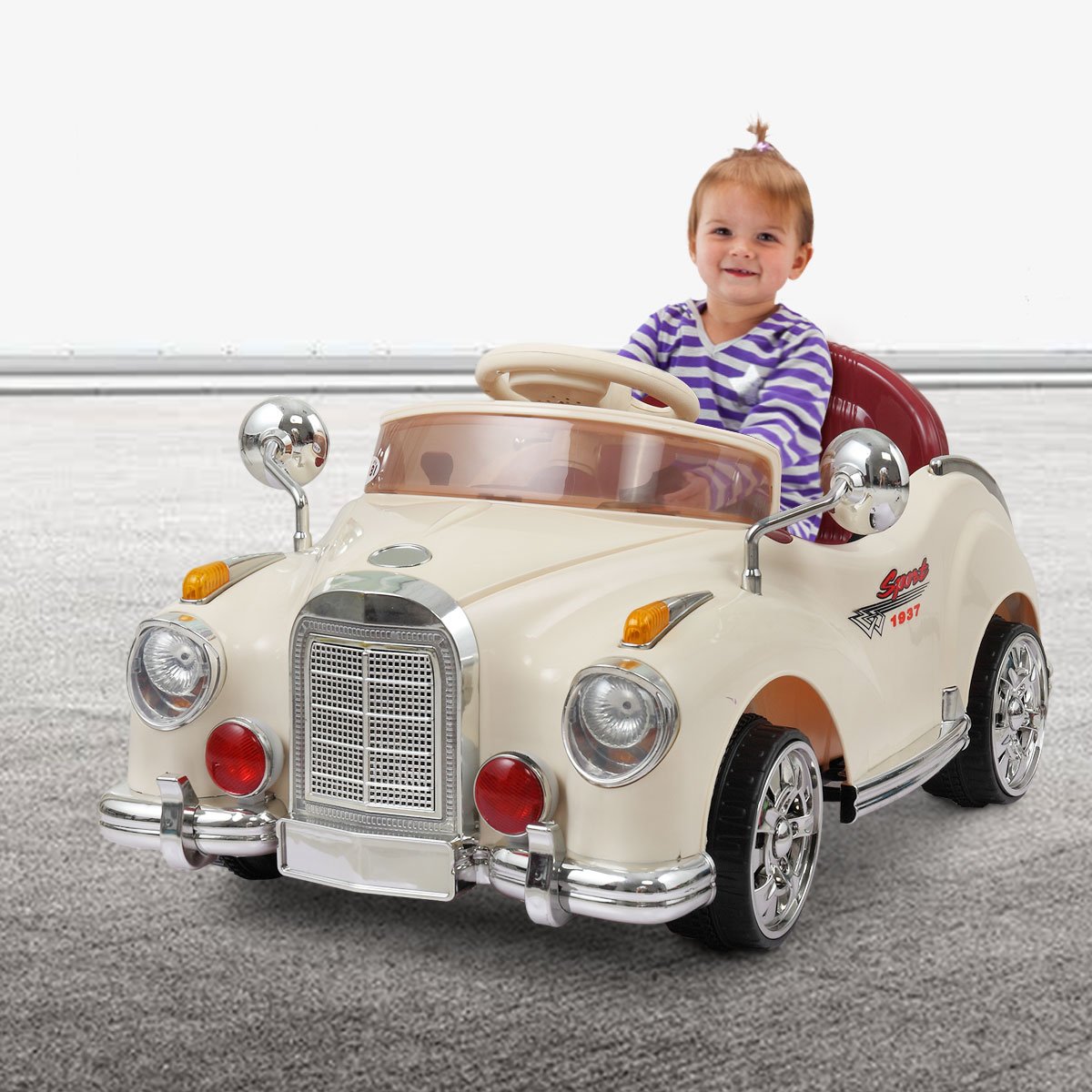

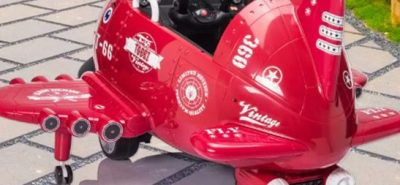

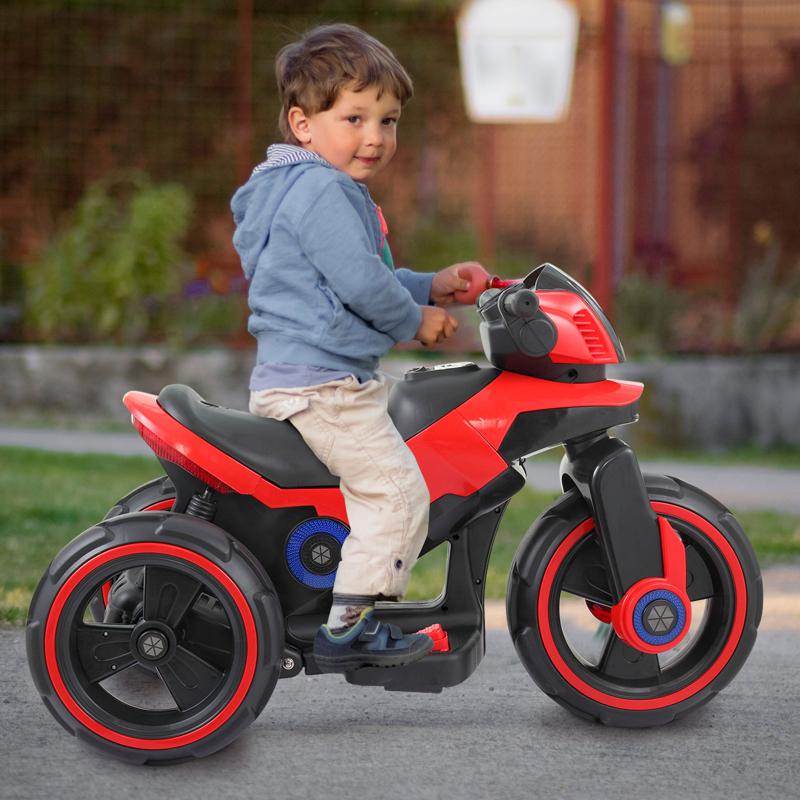
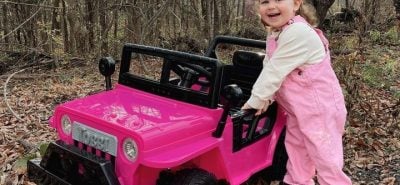
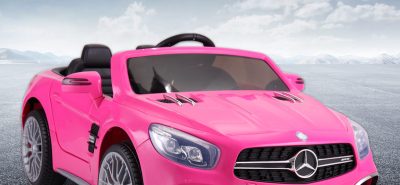
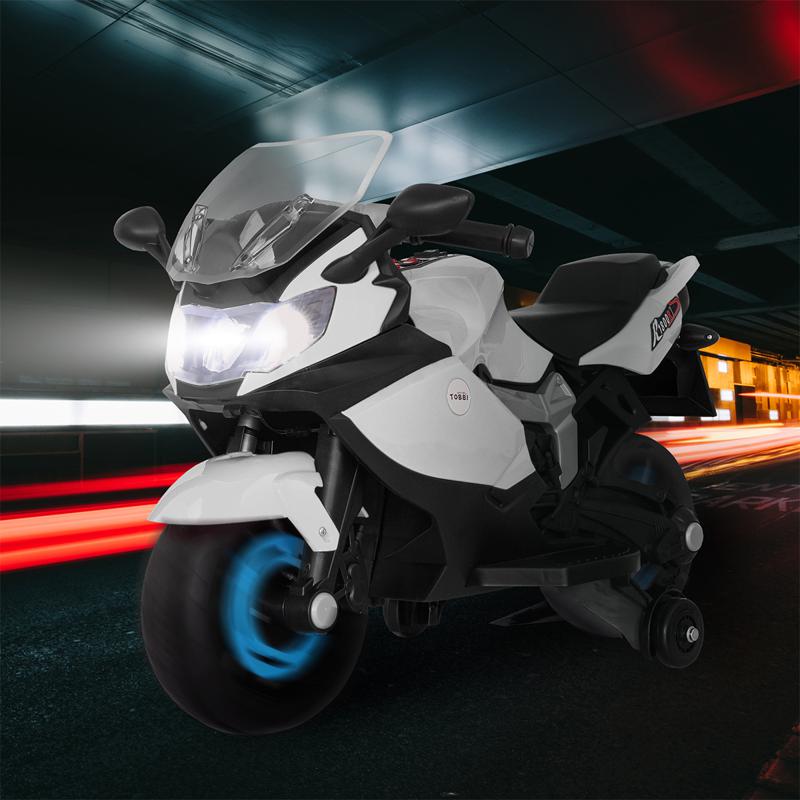
LEAVE A COMMENT
You must be logged in to post a comment.